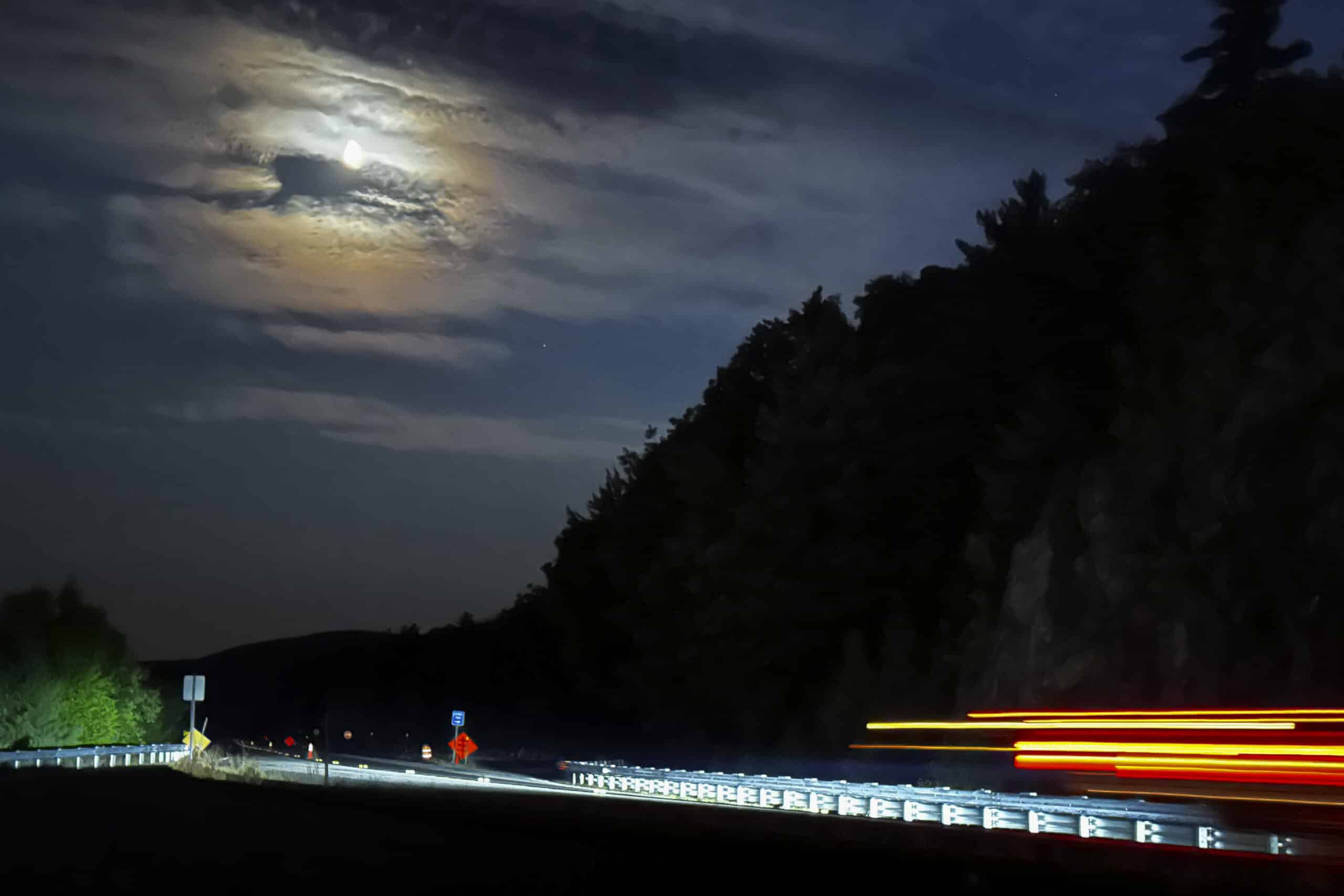Solar storms may cause faint auroras in parts of Northern Hemisphere

NEW YORK — Solar storms may bring faint but visible auroras to the Northern Hemisphere starting late Thursday and extending into early Friday morning.
But, experts say, don’t expect power grids and communications to be disrupted much.
People in Canada and northern US states including Alaska, Washington, Montana, North Dakota, and Minnesota may be able to see faint colorful displays, according to the current space weather forecast.
If the moderate solar storms become more intense as nighttime approaches, people as far south as Illinois and New York might be able to glimpse the phenomenon.
READ: Earth hit by ‘severe’ solar storm
“All the stars have to align” for that to happen, said Erica Grow Cei, spokesperson for the US National Oceanic and Atmospheric Administration.
To spy the spectacle, wait for the skies to get dark and then go outside, ideally away from bright city lights. Taking a picture with a smartphone camera may also reveal hints of the aurora that aren’t visible to the naked eye.
READ: First ‘extreme’ solar storm in 20 years brings spectacular auroras
The sun’s magnetic field is at the peak of its 11-year cycle, making storms and aurora displays more frequent. Unusually strong solar storms in May produced vibrant aurora displays across the Northern Hemisphere.
The night storms are expected to be less intense, but could cause brief disruptions to precision GPS machinery like what farmers use to harvest crops, Grow Cei said.